There’s something strange and hypnotic about watching a Spike Lee film—a departure from watered-down homages and studio-filtered experiments. What you get is a full-bodied, full-noise, full-attitude Spike Lee joint that grabs Kurosawa’s High and Low, spins it through the loops of modern-day New York, and says, What if the real villain is moral bandwidth?
[lasso id="8192" link_id="1149931" ref="watch-highest-2-lowest-appletv" schema_pros_cons="enable" schema_review="enable"]
This is not the first time Spike Lee has reinterpreted someone else’s film. His 2013 remake of Oldboy struggled under the weight of the original’s intensity and fan expectations, and critics were quick to dismiss it as an unnecessary detour.
Highest 2 Lowest takes a different approach. It does not try to preserve the plot so much as the ethical engine that powered Kurosawa’s original. It poses many of the same questions about wealth, justice, and who gets left behind when the powerful prioritise their own interests, but does so in a world where image management outpaces truth, and morality is always one viral moment away from collapse.
Denzel Washington plays David King, a music executive trying to reclaim the label he built before it becomes another AI-driven content farm. That premise alone gives Lee plenty to chew on, but what keeps the film from feeling like a lecture or an op-ed is how comfortably Denzel wears this role. King is not a brooding, anguished man crushed by the weight of capitalism. He’s proud, funny, occasionally smug, and always moving like someone who still believes the world bends toward charisma. This is one of Washington’s most watchable performances in years. He doesn’t reach for dramatic gravitas or emotional breakdowns. He plays a man who’s been around too long to be rattled and too sharp to show his panic when things go sideways.
And they do go sideways, quickly. A kidnapping sets the story in motion. At first, it seems like King’s son, Trey, has been taken. It turns out the victim is Trey’s friend Kyle, the son of King’s longtime driver Paul. The ransom is real, the stakes are clear, and the decision King makes in the next few scenes drags him into a slow-motion public reckoning. He can afford to pay, but only by risking the business deal that might save his company. His own son is safe. Kyle is not. The film does not rely on ambiguity here. King’s hesitance is deliberate. His calculation is uncomfortably honest.
Lee leans into this tension without overplaying it. There are no melodramatic confrontations or grand speeches. Instead, the film lets King’s silence do the work. In one particularly sharp exchange, Paul pleads for his help, and King barely responds. He is not cruel, he is not indifferent, he is simply choosing not to act, and that choice becomes the film’s centre of gravity.
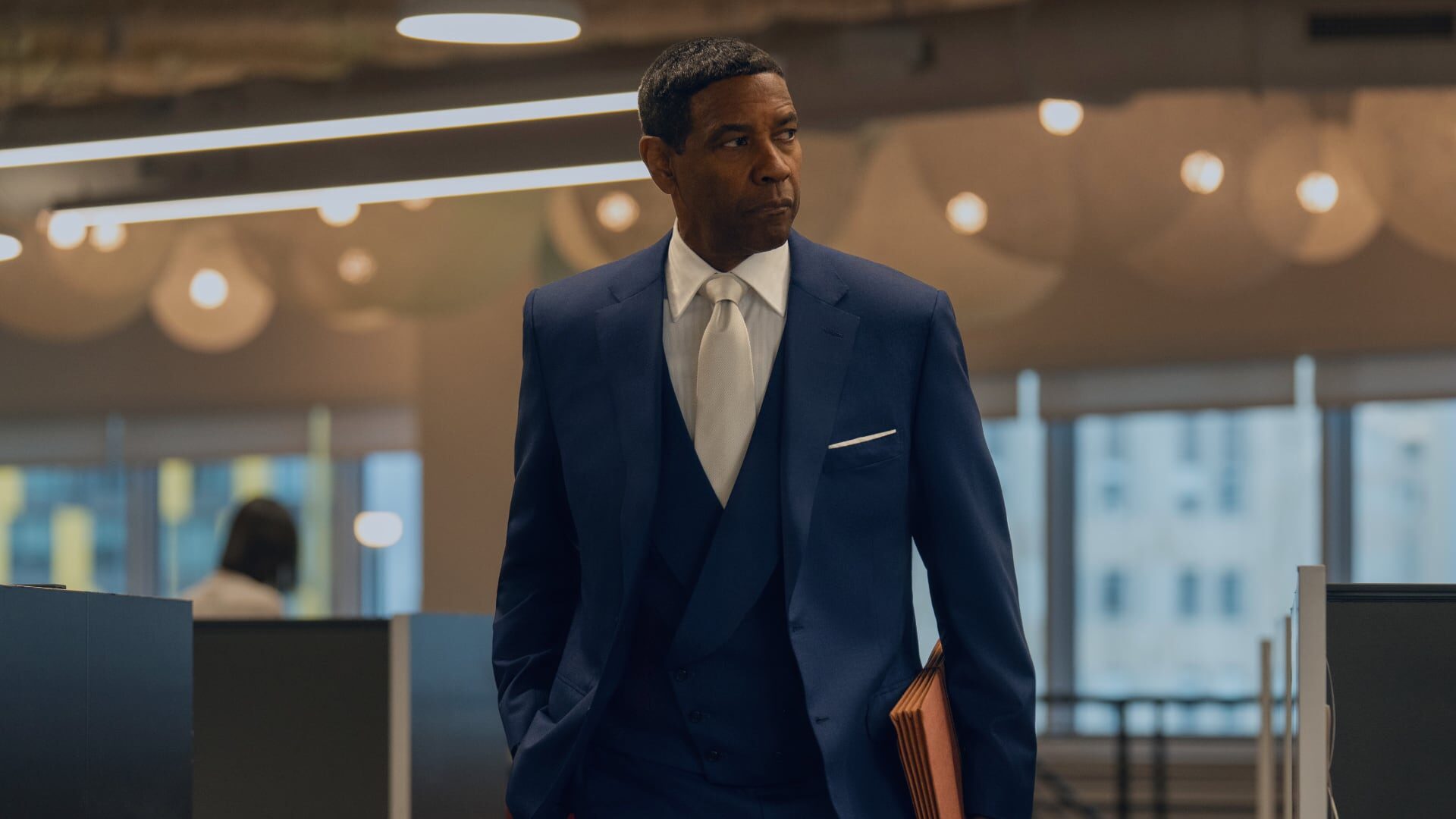
It is worth noting that Highest 2 Lowest is not really a thriller, even if it borrows the bones of one. It does not build toward a mystery, and it rarely rushes toward resolution. The pacing can feel lopsided, particularly in the first third, which spends a lot of time reestablishing King’s relationships and revisiting the same beats: he’s out of step with the digital future, his family needs more of his time, and the music business is changing too fast. These scenes are not bad, but they stretch longer than they need to, and the film does not fully click until the kidnapping occurs.
Once it does, however, Lee starts tightening the screws. A subway ransom drop becomes a chaotic, breathless sequence that feels pulled straight from real New York, not a soundstage. A parade breaks out around the action, and suddenly, we are watching something unfold that feels improvised and controlled at once. It is this kind of controlled mess that Lee excels at, narrative moments where choreography and unpredictability meet, and where the viewer is asked to sit with contradiction rather than clarity.
The film is also quietly interested in how heroism gets constructed online. A video of King on the subway goes viral. News headlines crown him a hero. The internet lifts him up, not because he acted nobly, but because he was filmed acting like someone who might be noble. This attention does not help him. It only adds pressure. His business partners start to worry. His lenders lose faith. His carefully timed comeback begins to slip. He did the right thing, and it cost him anyway.
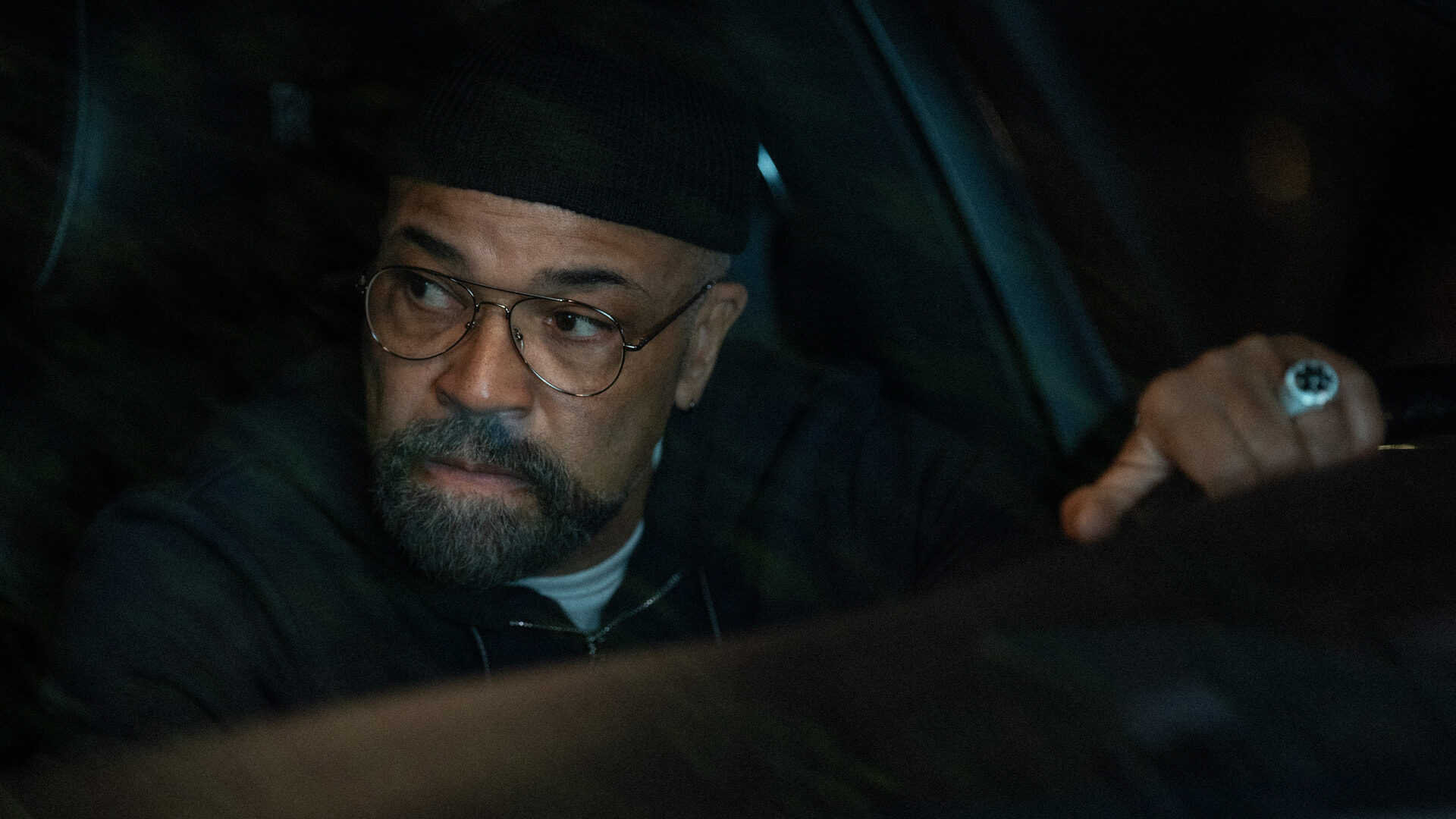
This is where Highest 2 Lowest begins to diverge from High and Low and enters its own territory. King begins to suspect the identity of the kidnapper and decides to pursue justice himself. These scenes are messier, both in tone and execution. A confrontation in a recording studio devolves into a strange blend of performance and tension, with a few choices that border on theatrical excess. Depending on your tolerance for Lee’s more expressive, stylised flourishes, this may either land or derail the momentum.
The kidnapper, a rising rapper called Young Felen, is introduced late in the game, and while the character is interesting, his motivations never feel fully grounded. He is more symbolic than fleshed out, standing in for ambition, for exploitation, for everything King thinks he understands about the industry but no longer controls. Their final confrontation attempts to accomplish several objectives at once: providing moral closure, offering cultural commentary, and even incorporating a bit of action. It does not quite hold together, but it remains compelling, mainly because Denzel stays locked in.
Visually, the film is rich and varied. Lee uses different film stocks, layered colour grading, and multiple shooting styles to keep the texture shifting. Some sequences look warm and lived-in. Others are cold and digital, almost flattened by artificial light. The use of real New York locations, including crowded parades and public spaces, gives the film a weight and specificity that most mid-budget dramas have lost. It is messy on purpose, but never careless.
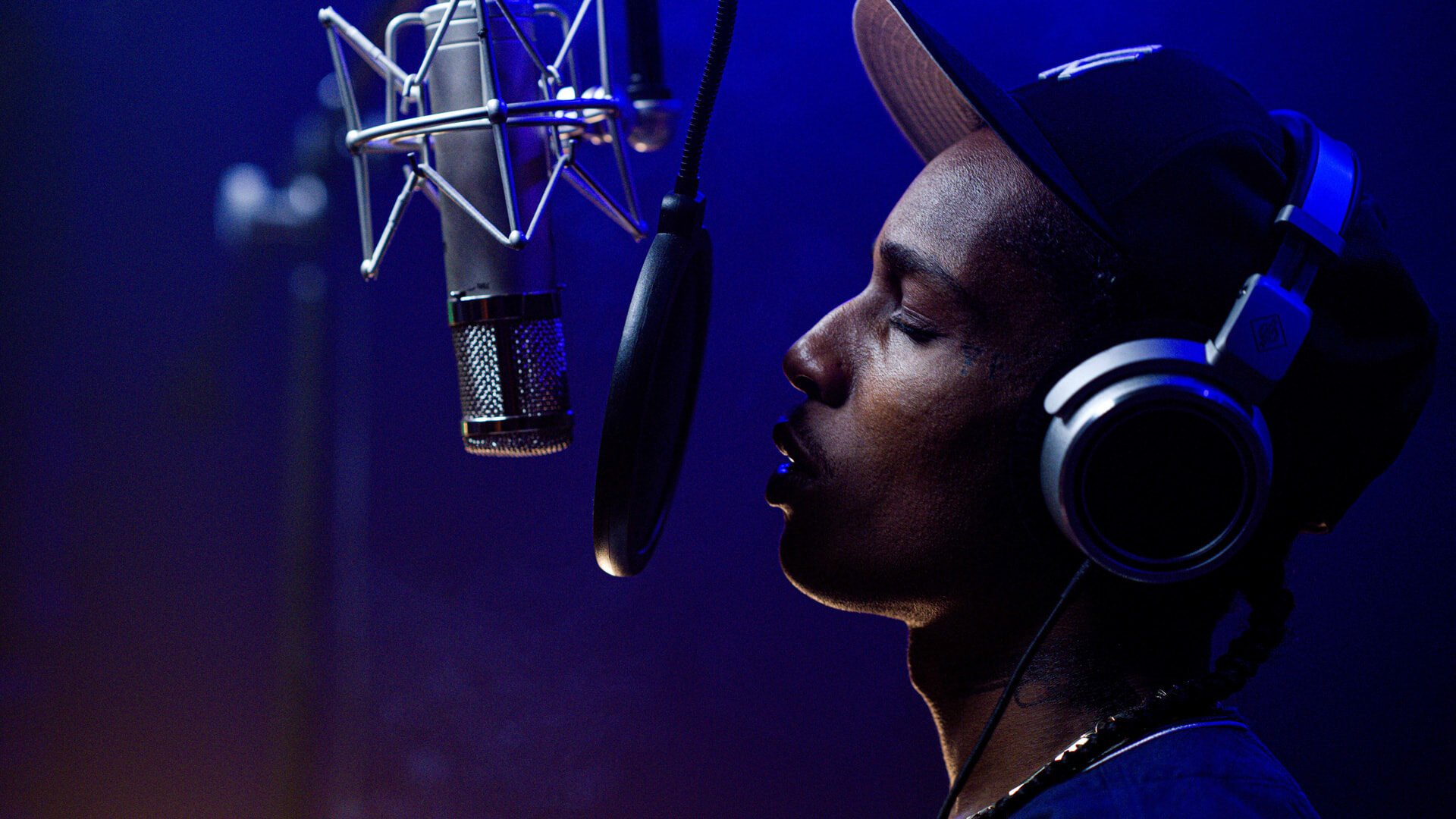
The soundtrack deserves mention, not just for its quality but also for its seamless integration with the story. Lee does not use music to underline emotion. He lets it sit beside the action, sometimes even against it. The most intense moments are often scored by calm, orchestral arrangements, creating a strange detachment that works in the film’s favour.
By the time the credits roll, Highest 2 Lowest has done something rare. It has adapted a classic without flattening its meaning or relying on nostalgia. It has engaged with current ideas, AI art, internet justice, and generational legacy, without turning them into shallow reference points. And it has given Denzel Washington a role that lets him be smart, funny, flawed, and infuriating without asking the audience to forgive or condemn him outright.
This is not a perfect film. The pacing is off in places. A few characters vanish mid-story. The final resolution lacks weight. However, it is a film that attempts to grapple with complex ideas and one that trusts the audience to keep up, in a streaming landscape full of algorithmic thrillers and content built to be forgotten. Highest 2 Lowest sticks. It has texture, it has teeth, and it has something to say.
Subscribe to our newsletter to get the latest updates and news






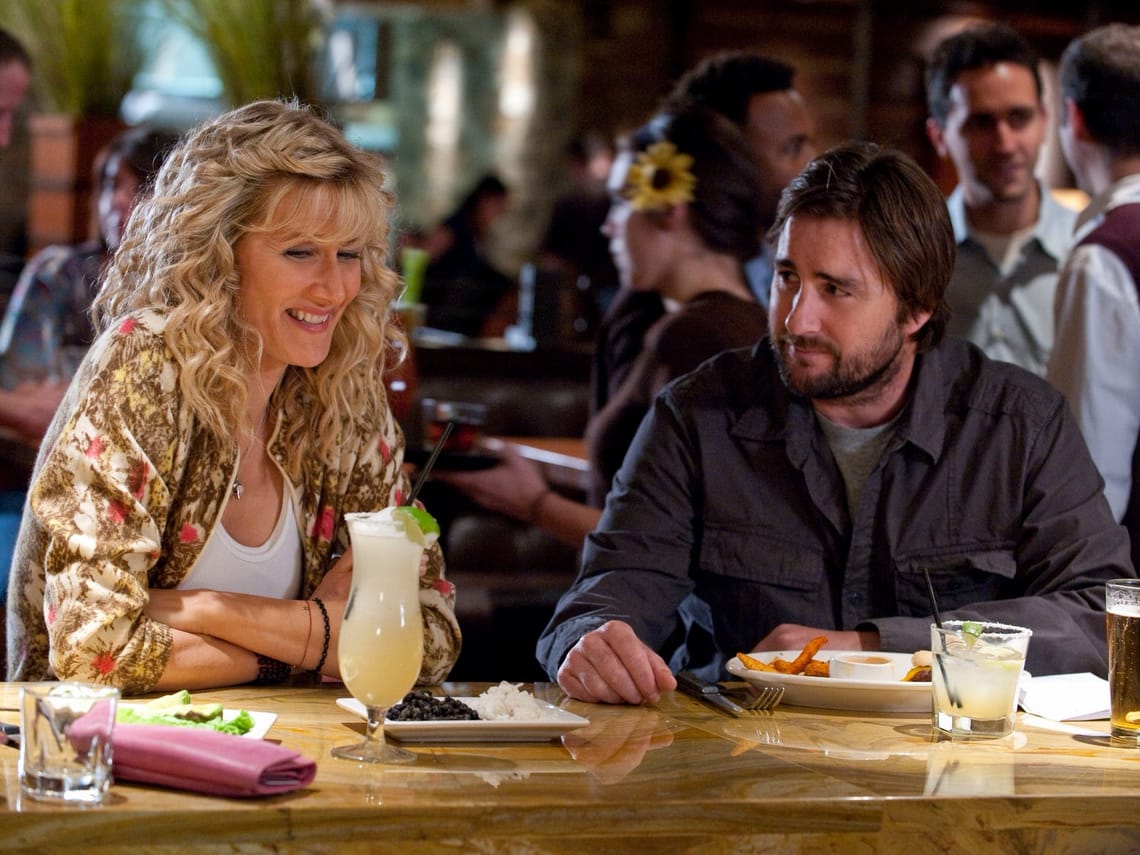

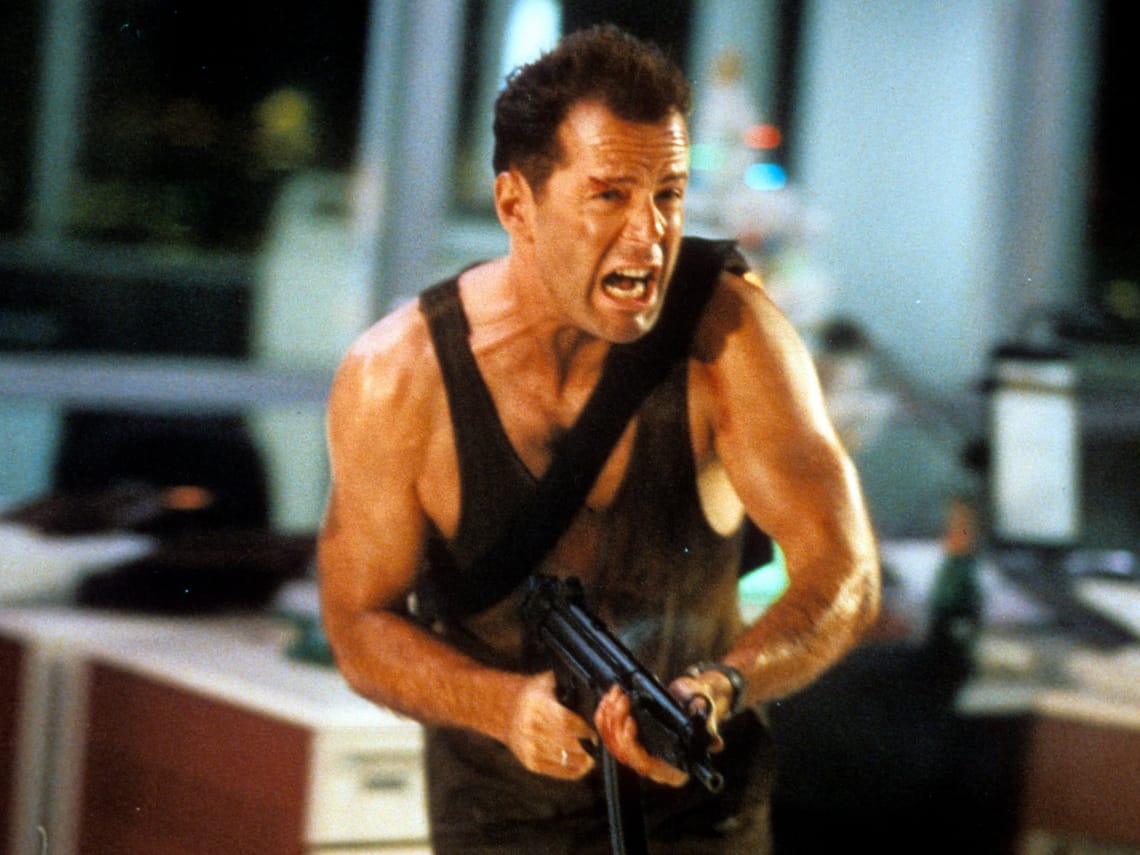
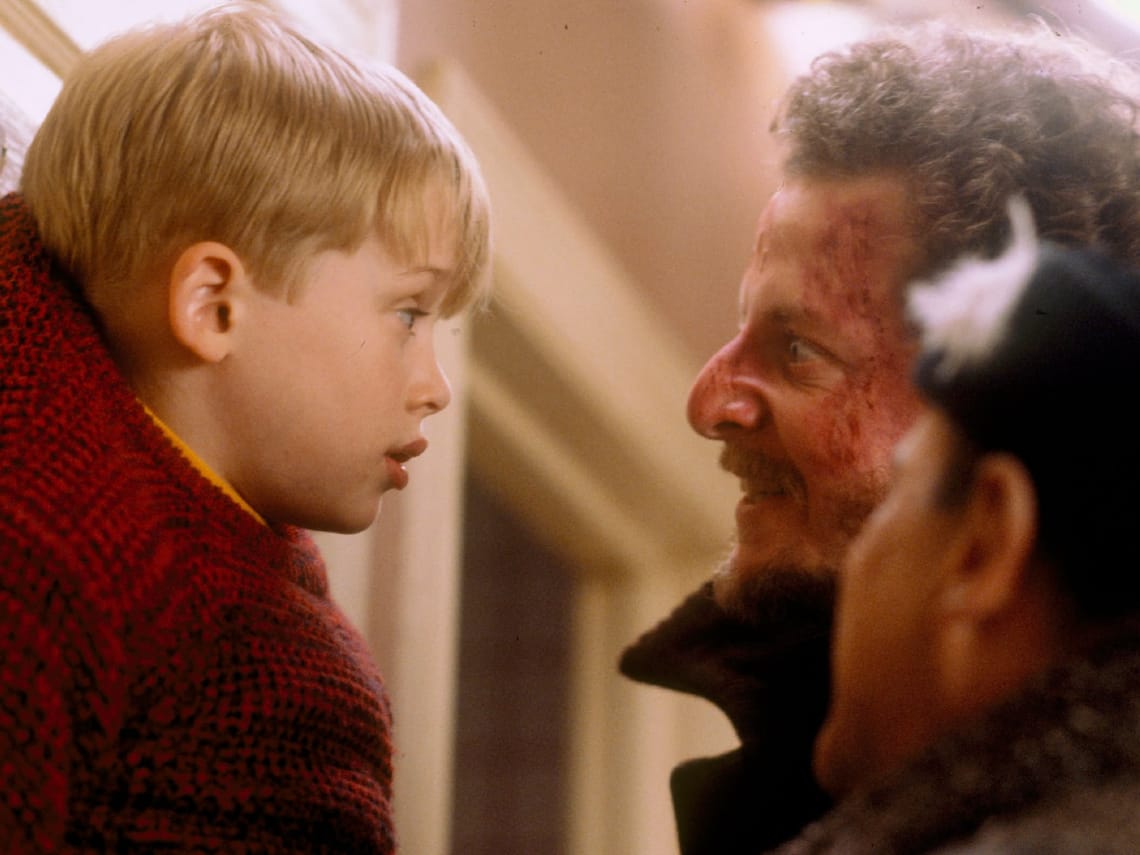
Member discussion